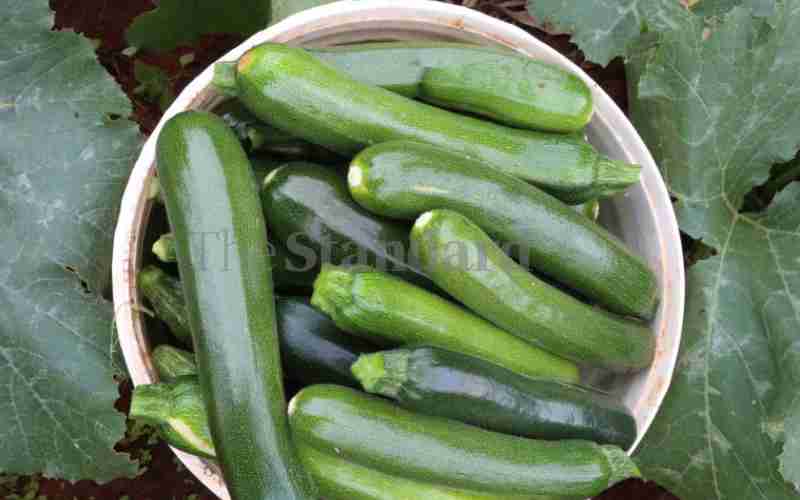×
The Standard e-Paper
Join Thousands Daily

Courgette harvest at a farm in Sagana, Nyeri County. [Kibata Kihu, Standard]
Zucchini, also known as Courgette is a type of summer squash and member of the Cucurbita genus, along with other plants important to humans such as pumpkins, some gourds and other squashes.







